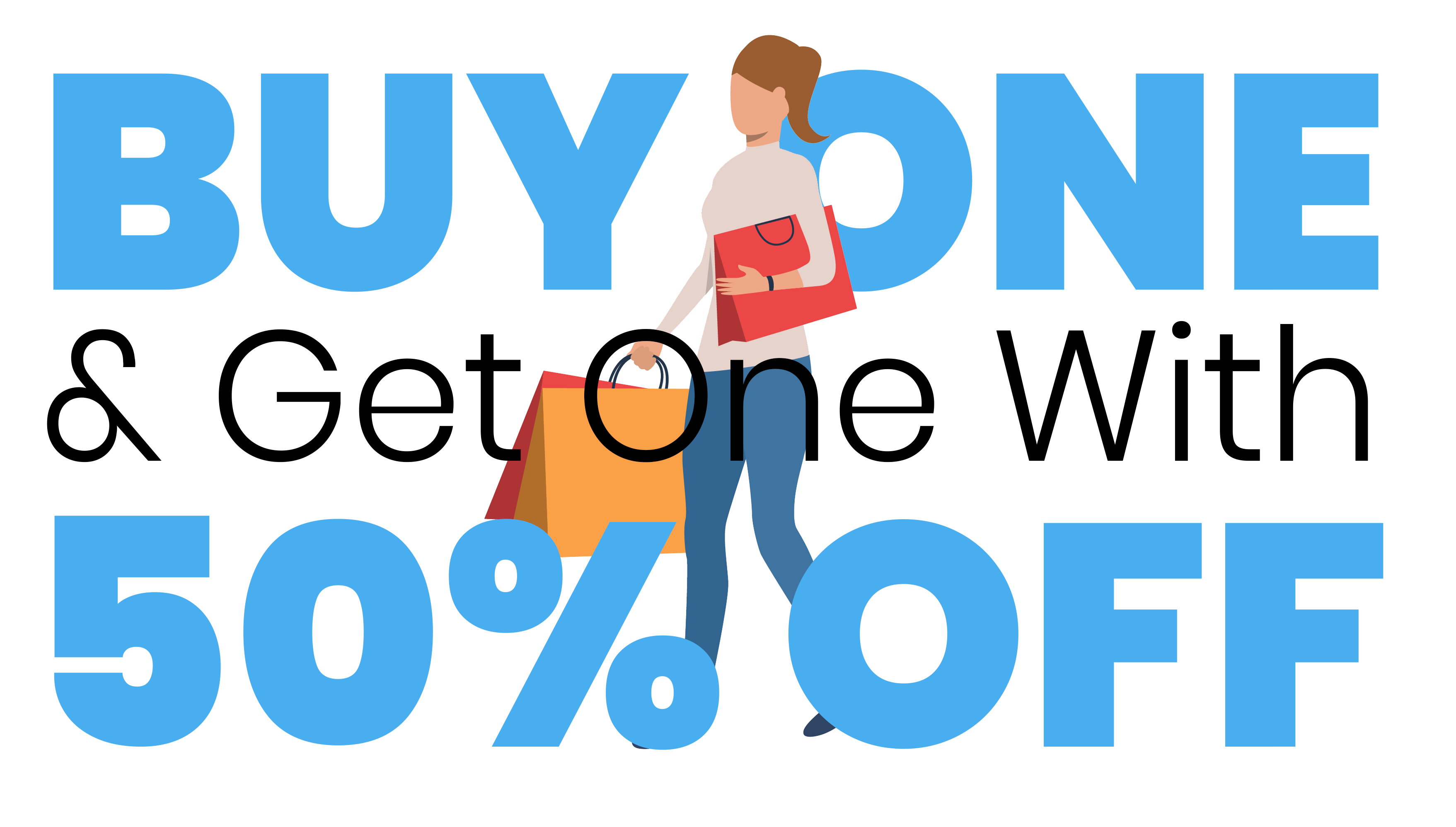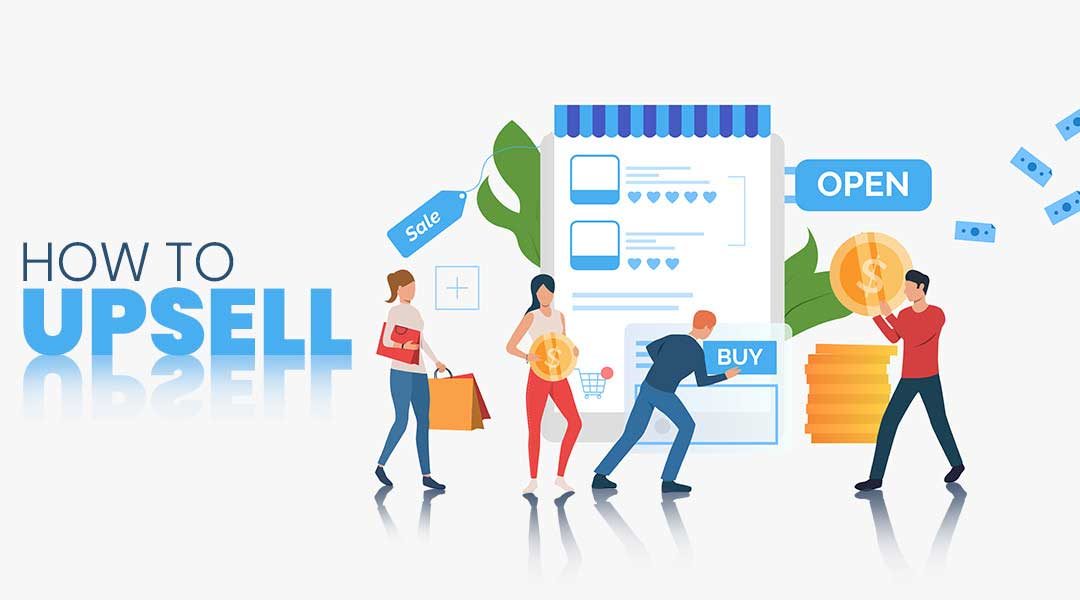Our business advice chronicles continue with something you may have come across as a business owner but surely are familiar with as a customer. It is a big little thing known as upselling. What is it, and how can it bring more profit to your small business? Let’s see!
What Is Upselling
So, a customer has signaled their intent to book your service or buy your product which means they are close to completing the sale. You can then make more money on that deal by getting the client to add to their order. If it is a service, you can promote an add-on service, and if it is a product, you can offer a package deal. Either way, it’s more money in your pocket. This is called upselling.
Taking advantage of customers’ willingness to do business with your company and offering something extra and of value is a powerful profit generation trick you can use in virtually any type of business.
Examples of Upselling
Let’s say you’re at a fast food place and order a burger. Then, they ask you, “Would you like fries with that?” or “And can I get you something to drink?” That’s upselling in the restaurant industry.

Upselling is most commonly found in stores, both online and physical ones. You buy 1 item at a normal price, but add a second one, and you get it at half-price. Or, you reach $50 in your basket, and your delivery becomes free. How many times have you extended your order just so you can benefit from the perks of free delivery? Exactly.
What if you’re a painter and a client hires you to paint their living room? You can always say, “What about we do the entire interior of your house and cut 15% off from the total price?” It’s a bargain deal that not many can pass on.
As you can see, upselling can be applied in so many ways, and for so many different types of businesses.
How to Use Upselling to Benefit Your Business
Upselling sounds great so far, doesn’t it? But now comes the question, how to use it, so it benefits both your clients and your business?
Fortunately for you, in our bag of small business tips, we have the answer!
There are 3 focal points in mastering upselling. You need to:
- Know your actual costs
- Set up your upselling goals
- Create the right offers
Let’s look at each individually.
#1 Know Your Actual Costs
Here you need to factor in your 2 major expenses:
- The cost of your product/service
Start calculating (if you haven’t done that already). How much does it cost you to offer this product or service? Make sure you account for all types of costs, such as raw materials, labor, technology, packaging, commissions, delivery, etc.
- The cost of acquiring a customer
Many small business owners don’t realize that is an actual cost that affects them, too. For example, if you are using pay per click ads in Google AdWords, and you have a campaign that costs you $20 per customer, you need to include that cost in as well.
You may want to talk to a bookkeeper or an accountant to help you identify and calculate those costs. As you can see, it is not a single expense you need to factor in.
#2 Set up Your Upselling Goals
This is where it gets serious. Now that you know your costs, it is time to separate your products and services into two groups:
- Group A — products/services with a high profit margin.
- Group B — products/services with a low profit margin.
Use Group A for upselling as it is where you get the most benefit.
How to set your upselling goals?
If your average deals are $100, but your net is only $10 in profit, you can set a goal to double that profit and make it $20. You then look at Group A and make an upsell package that will bring you another $10. With upselling, you get efficient profits for relatively little added effort.
#3 Create the Right Offers
Perceived value matters more than actual value.
After you understand your costs and the types of products/services you can use to upsell, it is time to create irresistible offers. Your main goal is to choose complementary offers, which would make sense to buy together. Doing that will add perceived (and real) value to your customer.
Think about subscriptions. There is always a Standard option, but then for a little extra, you get many added perks whose value seems higher than the added price. Then you find yourself paying for the premium version all of a sudden.
Yes, upselling is able to tweak consumers’ buying decisions because of added value, no matter if you really need that extra thing you’re paying for.
Wrapping Up
Upselling is challenging, but not all that difficult to apply to your own business. You need to:
- Figure out the tangible and intangible costs of providing your product or service
- Create realistic goals for the profit increase you want
- Add only high profit margin products or services to your deals to maximize profits
If you’re looking for other useful small business tips and advice from industry leaders, feel free to dive into our blog! Stay tuned for our next vital business advice every Tuesday and Thursday!
————————————————————————————————————————————————————————————
Visuals:
Background vector created by iconicbestiary – www.freepik.com



